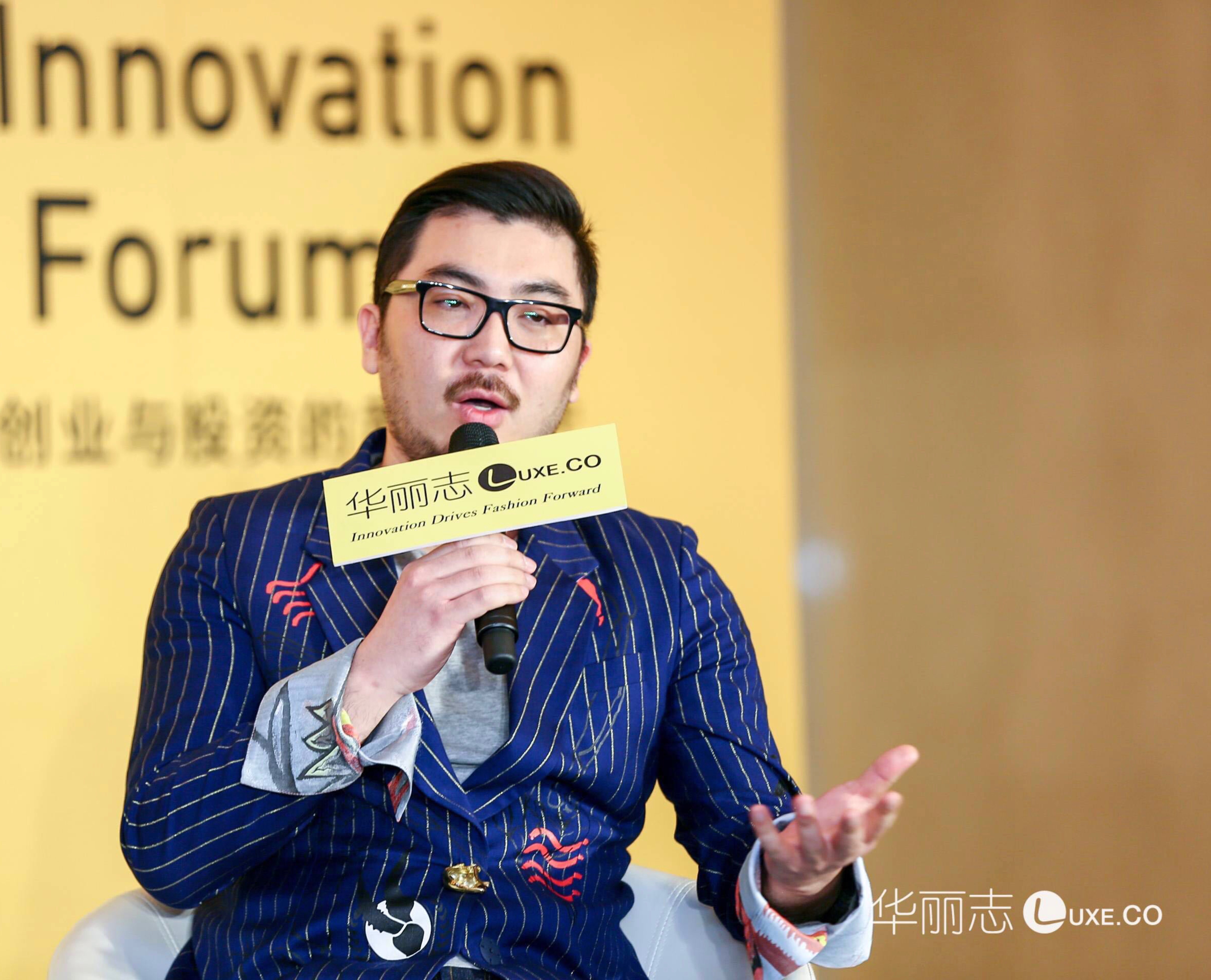How new generation understand fashion with Chinese culture?- Insights from Luxe.co Global Fashion Innovation and Investment Forum 2018
June 13,2018
тChinese elementsт have become an important cultural symbol in global fashion and there are several reasons for this.
Firstly, Chinese consumersт purchasing power is having a massive impact on the global luxury fashion market. As Chinese consumersт confidence in their home country increases, they are taking more and more pride in Chinese culture and would like to wear items that signify this. Thatтs why international luxury brands are increasingly using Chinese elements to attract Chinese consumers.
Secondly, more and more Chinese designers and brands are participating in and influencing the global fashion arena. Using Chinese elements can attract attention for Chinese designers or brands, as well as fulfilling their desire to promote Chinese culture.
However, what are the real тChinese elementsт? Are they just logos or patterns in a Chinese style? Is there anything more to them? Which elements of traditional Chinese culture are worth unearthing and incorporating into fashion? How can Chinese culture be combined with the fashion needs of the younger generation? How can Chinese brands have a bigger global impact?
At the roundtable discussion,Т "How can fashion brands use тChinese elementsт well"Т fromТ Luxe.Co Global Fashion Innovation and Investment Forum (LGFIIF), Founder of MukZin, George Feng яМхЏх яМхЏцххЇфККяМshared his opinion.
Luxe.Co also invited three other outstanding entrepreneurs for this roundtable, Grace Chen Founder of Grace ChenяМщщцЇяМGrace ChenхчххЇфККяМ,Т Weixiang Wang Director of 1436яМчщІчПяМ1436хчцЛчяМяМand Zhifeng ZhangяМFounder and creative director of NEТЗTIGERяМхМ хПхГАяМNEТЗTIGERхчххЇфКК). Cen Wang, Partner at Sequoia Capital ChinaяМчхВяМчКЂцшЕцЌфИхНхКщхфМфККяМhosted this discussion.
WHO IS GEORGE FENG?
Founder of MukZin, George Fengstudied finance at Durham University. In 2014, with Kate Han, he started MukZin, a designer brand that modernises traditional Chinese aesthetics. MukZin was the champion at InnoBrand 2015 т the FASHION.VC Brand Innovation Contest. In June 2016, MukZin received pre-A funding from Crystal Stream Capital and Series A funding from Capital Nuts and Oriza Holdings.

01
Chinese fashion brands should be the pioneers in promoting authentic тChinese elementsт.
Cen Wang: As Chinese fashion brands, how do you decide on the positioning and plan for the growth of your brands? What are your thoughts on тChinese elementsт? How do you use them?
George Feng: MukZin was founded more than three years ago. When the brand firstly entered the market, we thought that it wouldnтt be that difficult to succeed in the fashion business, as long as you were creative and resourceful. However, after three years of development, weтve realised that it isnтt as easy as it looks. There are so many aspects involved, from ensuring the supply chain to creating an international visual, which requires comprehensive high-level international capabilities. At the moment, our overall sales channels are healthy, so we are focusing on improving our supply chain.
As the Internet develops, there are an increasing number of companies that are based on brand new business models; these include new supply chain companies with whom we are establishing partnerships. These innovative companies are more flexible than traditional supply chain companies. They are happy to process orders as small as 30 to 50 items, while traditional companies wonтt even accept orders for a minimum of 100 items. Their costs are also reasonable. The transformation of the fashion industry is well illustrated by the changes in the supply chain companies.
Currently, MukZin has both online and offline sales channels. There are many ways to buy MukZin online, and we currently sell offline through a number of multi-brand shops that we have partnered with. This year, weтve started working on our own stores in order to complete our range of sales channels. It is difficult for any single channel to deliver all the elements in a brand. A mature brand needs to have multiple sales channels that cover every aspect.
02
The real тChinese elementsт are universal and timely
Cen Wang: Currently, the тChinese elementsт included by some brands arenтt of great quality. тChinese elementsт donтt just equate to Sheng Xiao animal symbols. Only chief designers who are too arrogant to really understand Chinese culture will think that things like Sheng Xiao are the sum total of тChinese elementsт. To build a brand, you need a serious attitude and respect for quality as well as putting in the effort over a long period. What do you think about тChinese elementsт? How can we build brands with real Chinese cultural DNA?
Guang Feng: I donтt think we need to stress too much about тChinese elementsт. As we saw at our show in Paris, we drew the attention of the Paris Fashion Week committee, who thought that our show was genuinely unique. What they saw was actually modern China through the eyes of Chinese young people.
The way we express ourselves represents modern China. Itтs not just about putting together different Chinese symbols. What we need to think about is how to combine our traditions and the trends of the moment.













Comments